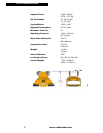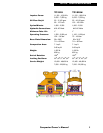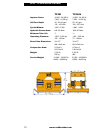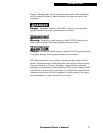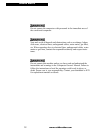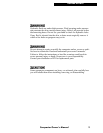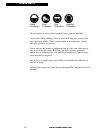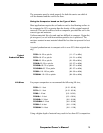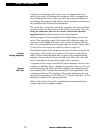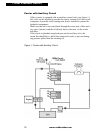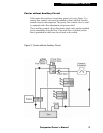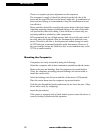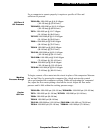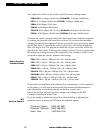
16
www.rockbreaker.com
Always use a compactor sized to the carrier. A compactor that is too
small for the carrier will damage the compactor, while a compactor too
big will damage the carrier. Ensure you have the proper installation kit
for attaching the compactor and that the carrier's hydraulic system meets
the compactor flow and pressure requirements.
The carrier that is selected to operate the compactor must have sufficient
reach to compact the deepest area of the trench or excavation. Therefore,
sizing the compactor based on the carrier size becomes the most
important factor in choosing the correct sized compactor.
BTI has assigned a 'Recommended Carrier Weight' range to each com-
pactor. If the operating weight of the carrier falls within this range, the
carrier will safely handle this model. If the desired compactor falls out-
side of the recommended carrier weight range, the carrier's lifting capaci-
ty and oil flow will need to be verified to ensure a proper fit.
Provided the weight of the compactor does not exceed the maximum lift-
ing capacity of the carrier at any position, the carrier is assumed to be
stable. On most loader backhoes and excavators, the maximum lifting
capacity is lowest when the boom is at full reach. This is the value that
must be compared to the operating weight of the compactor.
A required oil flow range is specified for each compactor, oil flow to the
compactor within this range is adequate for operation. However, for max-
imum productivity the carrier should be capable of providing the maxi-
mum required flow. Compare the maximum oil flow requirement of the
compactor with the oil flow capacity of the carrier. Remember the com-
pactor will be operating at 1100-2100-psi (75-136 bar), therefore, oil flow
should be evaluated at the operating pressure.
Below is the Carrier Sizing Chart, outlining the recommended carrier
weight range for the compactor models.
Carrier
Lifting Capacity
Carrier
Oil Flow
SIZING THE COMPACTOR



